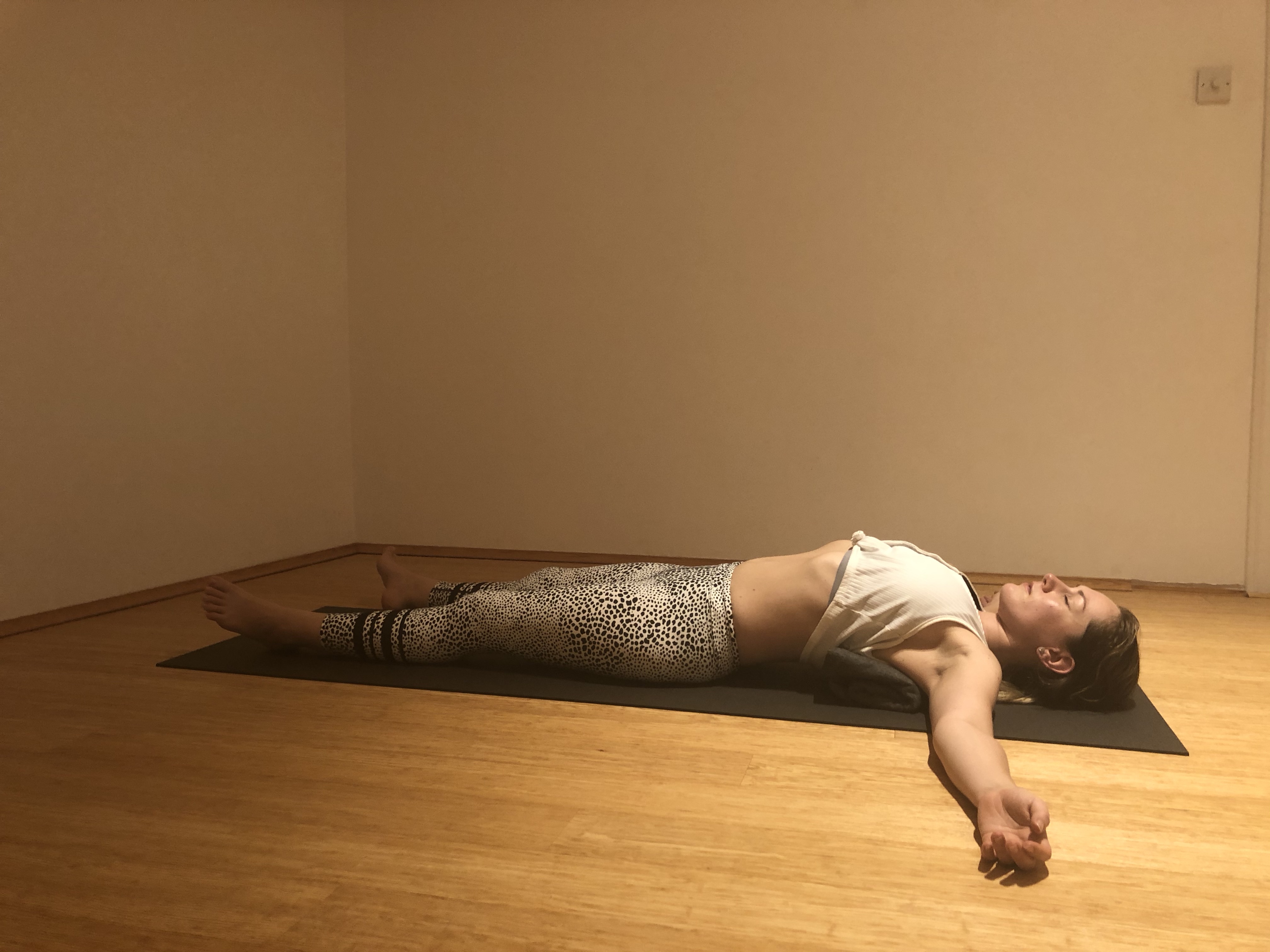So what exactly is Yin Yoga? When I first discovered Yin, I thought it was a totally clever and unique way of practising Yoga postures, and now I know it’s all of that and more! Experiencing Yin allows you to seek spiritual and physical revival through your own inner mapping. Not many styles of Yoga have such an approach of freedom to innovate your own shapes without the influence of a set of alignment cues. In many ways, it’s honouring your inner teacher as you learn the fundamental facets of your own unique body, which have been formed through the course of your lifetime.
Yin Yoga is a more contemporary style of Yoga, combining influences from traditional Indian Yoga along with Chinese Daoist practices and Western science to improve physical and emotional health on many levels. Here at One for All we offer Yin as a way to heal and restore the body both physically and emotionally. If you haven’t been to one of our Yin classes yet, the emphasis is on passive stresses of the deeper connective tissues in order to mobilize and strengthen the joints, ligaments and deep fascial network. We all need a bit of Yin in our lives. As in all things in life, harmony comes through balance. Just as we need Yang exercise for our muscles, it is necessary to do Yin exercise for our ligaments, bones and joints.
Yin Yoga can have the same goals and objectives as any other style of Yoga, the difference is in the how rather than the why. As the popularisation of physical Yoga has increasingly emphasized strong muscular activities, the original yin-like postures have been modernised by Paul Grilley who began creating classes that encompassed only the yin side: long-held, still postures. But being still is not necessarily easy, and long-held postures can mean anything from one to twenty minutes! Whether approaching your Yoga goals with Yang or Yin techniques, how you balance these two contrasting aspects will guide you towards either fortune or failure. The Daoist approach teaches that when these opposing energies are reconciled then the conditions arise whereby health and harmony can be created. This balance means keeping the yang exercises for the yang tissues and the yin exercises for the yin tissues, and not applying yang exercises to yin tissues! A yang action of repeatedly bending ligaments over and over again can over time damage those yin tissues.
How exactly do you go ‘yin-side’? Practising Yin requires you to look inwards thus leading you on a journey of self discovery. The prolonged periods of stillness are an amazing tool for healing as they stimulate this self-enquiry, leading you to release the tension that is holding you back. At OfA our teachers take the approach of functional Yoga, which means teaching postures to individual skeletal alignment through educating via sensory instructions rather than tailoring the person to the posture. Going Yin-side is about remembering that Yoga practice is not a performance, and going deeper into a posture is about getting deeper into the subtle energetic body rather than a having a stronger emphasis on a particular shape or stretch. “As we learn postural integration, our body-based experience becomes more healthy, joyous and the postures more fun to inhabit,” says Sarah Powers, one of Yin Yoga’s innovators.
The best thing about Yin Yoga is how you subtly develop bodily awareness as you become more in tune with what feels pleasant or unpleasant. Learning postural integration keeps the practice safe and is empowering to the practitioner. I thought for many years that to fit my body into a correct shape for a pose was what was going to keep me healthy and injury-free; now I know that my postures and my practice can adapt not only to how I’m feeling energetically but also in relation to my physical needs of a particular day. I am much less interested now in the outer form of my postures, but rather in tuning in to the sensations of my body whilst I’m in a pose, and tracking the change of state once I release it. This has taught me a great deal about my body and how to look after it.
Yin Yoga provides the opportunity of gaining the maximum physical benefits available to each individual body through functional skeletal alignment, as well as getting deep into the subtle energetic body through targeting the meridian systems of Traditional Chinese Medicine, in addition to mind training through meditative focus and awareness. Check out the OfA website to see when our next Yin class is on and to book your mat! Or if you’re new to the studio, why not take advantage of our Intro Offer and get 30 days of unlimited Yoga for £30? As my Yin teacher, Jo Phee, once said “we live in a world where there is real affluence on the outside but real poverty on the inside,” so go yin-side today!
